The smartphones of the future are already here
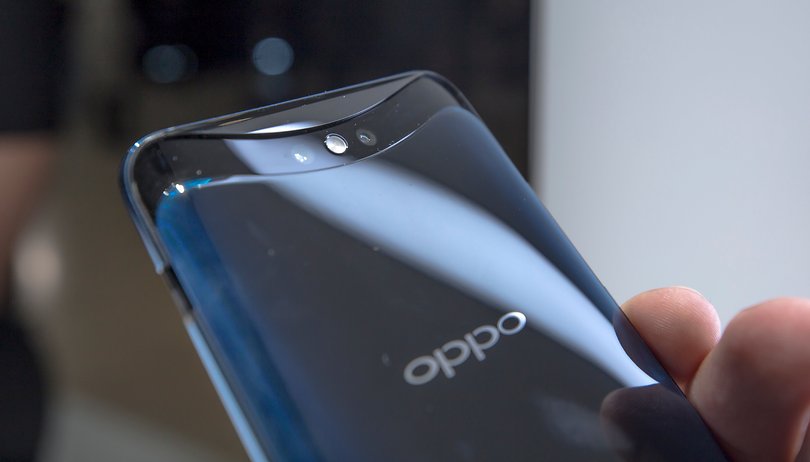

VR glasses and wearables get their well-deserved hype, but smartphones will remain our daily companion for a long time to come. But that doesn’t mean they won’t change. If you take a look at the current trends in the industry, you can reach some insights into the future of smartphones. So let’s take a look at the developments and see what the future has in store in for us!
The notch is there, and we’ll have to live with it for the foreseeable future, or so we thought. But now this tooth gap in the display, which isn’t even one year old yet, is already outdated. The smartphones of the future will forgo the notch and won’t show any noticeable edges around the display. This has already begun with the OPPO Find X, which has a display without a notch and a display that occupies 94 percent of the front panel. That’s record-breaking!
One of the highlights of OPPO was the way the company solved the problem of fitting everything into such a small space. The complete upper area, which houses various sensors and the front and back cameras, slides upwards when the cameras are needed for photos, videos or face unlock. If the cameras aren’t needed, they’ll hide inside the smartphone. This is an ingenious solution that eliminates the need for a notch in the display.
Vivo Nex is the real star of the 2018 World Cup
The Vivo Nex, which is currently on everyone’s minds because of their advertising at the World Cup in Russia, is also heading in the same direction. Vivo has also forgone the notch and pushes its camera out from the housing. Unlike OPPO, only a small part is movable, instead of the entire upper part of the smartphone. But the basic idea is the same: the camera disappears as long as it’s not in use, which creates more space for the display area.
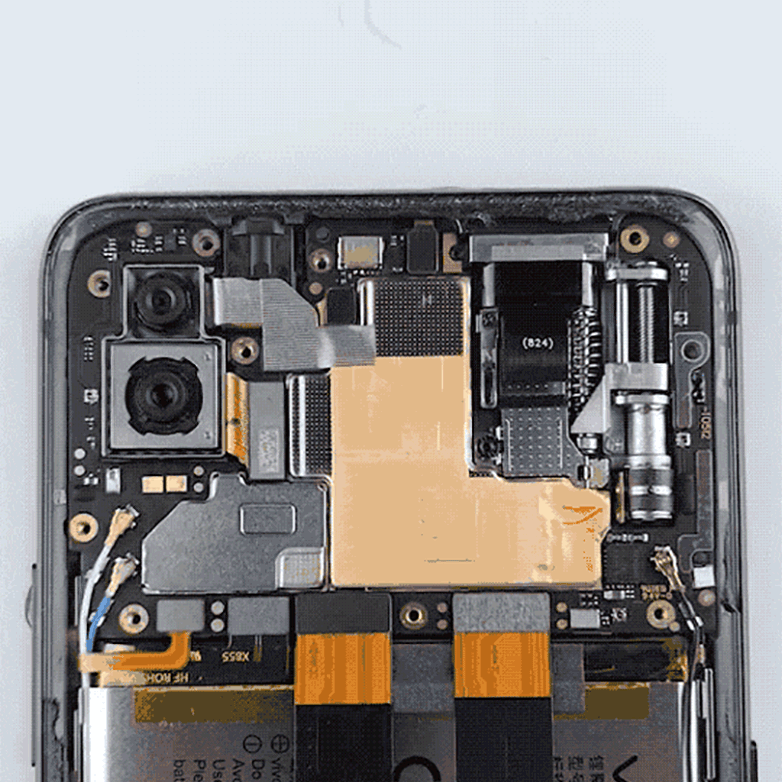
In addition to the camera and the associated sensors, the earcup is always in the way when the display is pulled up to the edge and piezoelectric alternatives have proven to be impractical. New displays that generate sounds in the flagship class and replace the earcup are now on everyone’s minds. These displays are not only capable of displaying visible content, but can also take over the audio output. Theoretically, the idea of a separate speaker, which takes up quite a bit of space in smartphones, could become obsolete in the future.
Foldable displays are the future
Development hasn’t exhausted sliding components. Several manufacturers are working on folding smartphones with flexible displays. The race to the first market-ready folding smartphones is still ongoing, but Samsung is the current favorite with the Galaxy X, which has been haunting the internet for a long time. But this could also become a reality at the beginning of 2019 for the tenth anniversary of the Galaxy S class.
Foldable smartphones aren’t developed exclusively by Samsung. Huawei and LG are said to be quite far along with their devices. It’s technically less demanding, but the ZTE Axon M is already on the market, which placed two screens next to one another, but didn’t manage a seamless transition.
Every niche will be covered
Smartphone manufacturers will also continue to refine special devices for small niches on the market. Gaming smartphones are a prominent example of this and are currently spreading all over the market. They’ve brought along controllers for docking or special displays. But smartphones for particularly tough apps like Cat S61 are building substantial fan bases. All in all, the trend is moving toward specialization instead of generalization. This is a promising path to the future, especially for smaller manufacturers.

With all the fascination for sliding cameras and foldable displays we shouldn’t forget one thing: there will be problems with new smartphone designs. Moving parts are much more subject to wear and tear than rigid designs that we’re familiar with. If the mechanism for the camera stops working, there goes your photos and Face Unlock. If the display gets damaged by opening and closing it over and over again, the whole design is useless.
If everything goes well, these are troubles that will be corrected over time with new detailed solutions. The advantages of new smartphones are obvious, and the issues always get ironed out over time. Our beautiful new smartphone world has just begun, and I’m looking forward to it!
What do you think the prospects are for the smartphones of the future?






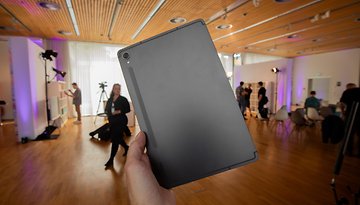


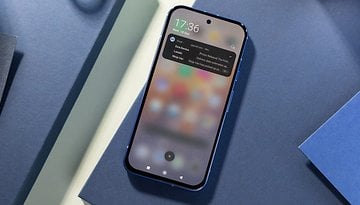




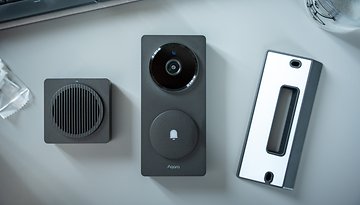





Until they bring back the removable battery ( which I doubt will happen ) I will not buy another current model flagship. They are just to expensive for the limited life span they offer.
If the display covers the whole front of the phone how does one hold onto it?
Samsung are really going to shock everyone with the Functions and features there Future S10 models with offer,just read a new camera is already been produce with Fiji,so one of the S10 models will offer Triple Cameras,and Samsung are going to release a 5 inch S10 phone to please the people who can"t afford there Top Premium phones,Speakers built into the screen as already been shown on phonearena,and a built in fingerprint reader,so for the S10 to released early 2019,Samsung will be loving all the hype about other phones,but the S10 phones will be amazing
1500 minutes per month - you will be sending your phone in for repair quite a bit if it has mechanical features. I fixed cell phones for 8 years so I know what I am talking about.
I guess I'm old school. My first phone, was the Motorola Dynatac "brick", then onto the motorola flip phone, Star-Tac and upwards until my first smart phone, the Dell Streak 5, with at the time, the MASSIVE 5" screen. To me, it's "a phone". Yes, it does all the nice things like media player, browser, appointments, and on and on, but, I still used 1500-2000 minutes a month on "the phone".
Super duper faster processors, eye popping colors, fancy designs, and gimmicks are not what I am after.
#1. Battery life
#2. Good camera
#3. Solid construction
#4. Good value
Other than that, you can keep all the other nonsense.
Most of this stuff, which a lot of people call gimmicks, is just to tease people into purchasing a device, with a build cost of 200-300 dollars, but, retails for 1,000 dollars
or more.
Anything with moving parts will eventually fail. When spending top dollars, last think needed is a mechanical failure after the warranty(or under warranty). Top dollars phones should last 3 to 5 years or longer. My next smartphone, if have to choose a top end device with mechanical features vs a lower end device without, then will have to go with non mechanical features. Innovation is great as long it remains affordable.
Exactly! And, considering how I see so many people stuffing their phones into their back pockets upside down, what will happen to these moving parts, if something triggers the camera while in their pocket? To make such a TINY motor, the current capacity of the motor can't draw much, so the torque would be limited, which means something will break.